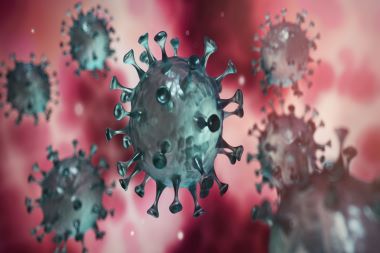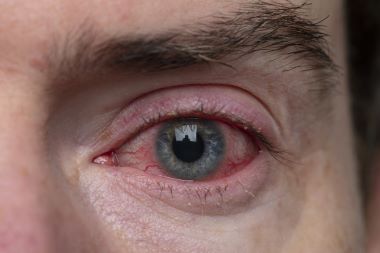The relative anonymity and immediacy of urgent care make it an attractive option for patients who are concerned they could have a sexually transmitted infection. It should come as no surprise, then, that urgent care visits for STIs have increased steadily. According to a new study published in Emerging Infectious Diseases, visits related to testing or treatment for chlamydia, gonorrhea, and unspecified diagnosed STIs all increased between 2010 and 2014 in U.S. urgent care centers. …
Read More









